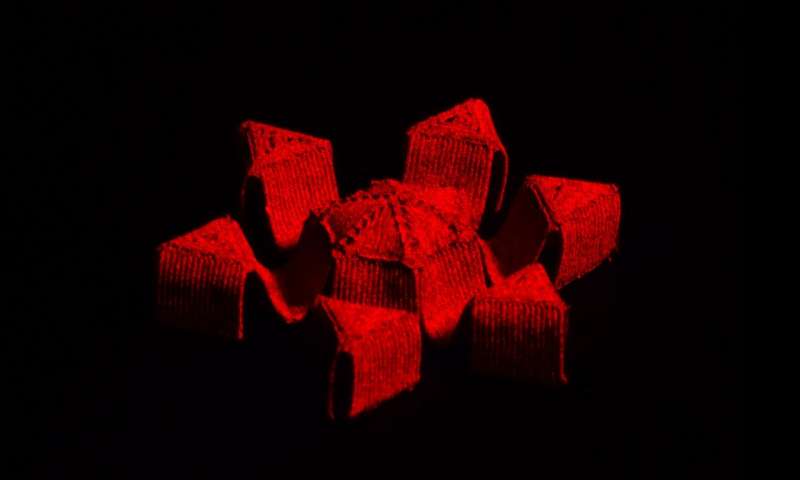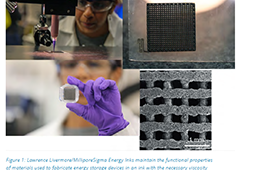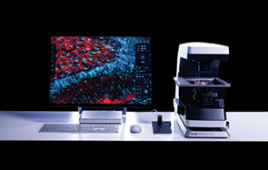
MIT Spiderlike Grabber (hexapedal structure) (After) Credit: Yoonho Kim & Xuanhe Zhao
A special type of ink has enabled researchers to 3D print magnetic structures that can perform a number of movements with a wave of a magnet, including rolling and jumping.
A team from the Massachusetts Institute of Technology has developed a method to create soft, 3D-printed structures from a new type of 3D-printable ink that is infused with tiny magnetic particles.
“We think in biomedicine this technique will find promising applications,” Xuanhe Zhao, the Noyce Career Development Professor in MIT’s Department of Mechanical Engineering and Department of Civil and Environmental Engineering, said in a statement. “For example, we could put a structure around a blood vessel to control the pumping of blood, or use a magnet to guide a device through the GI tract to take images, extract tissue samples, clear a blockage, or deliver certain drugs to a specific location. You can design, simulate, and then just print to achieve various functions.”
The researchers demonstrated the new technology by creating a number of unique structures, including a smooth ring that wrinkles up, a long tube that squeezes shut, a sheet that folds itself, and a spider-like grabber that can crawl, roll, jump and fast together fast enough to catch a passing ball. They also printed a set of auxetic structures that rapidly shrink or expand along two directions and a ring embedded with electrical circuits and red and green LED lights.
“We have developed a printing platform and a predictive model for others to use. People can design their own structures and domain patterns, validate them with the model, and print them to actuate various functions,” Zhao said. “By programming complex information of structure, domain, and magnetic field, one can even print intelligent machines such as robots.”
Each structure was fabricated from a new type of 3D printable ink that the researchers then infused with tiny magnetic particles. They then fitted an electromagnet around the nozzle of a 3D printer to cause the magnetic particles to swing into a single orientation as the ink was fed through the nozzle.
In the study, the researchers produced structures and devices that can almost instantaneously shift into intricate formations and move about as the various sections respond to an external magnetic field.
The new structures are considered soft actuated devices—squishy, moldable materials designed to shape-shift or move about through a variety of mechanical means.
“There is no ideal candidate for a soft robot that can perform in an enclosed space like a human body, where you’d want to carry out certain tasks untethered,” Yoonho Kim, a research assistant at MIT, said in a statement. “That’s why we think there’s great promise in this idea of magnetic actuation, because it is fast, forceful, body-benign, and can be remotely controlled.”
The researchers looked to make magnetic domains—individual sections of a structure, each with a distinct orientation of magnetic particles. Given the elasticity of the printed material, the pattern of domains in a structure, and the way in which an external magnetic field is applied, the model can predict the way an overall structure will deform or move.
The model’s predictions closely matched with the experiments the team carried out with a number of different printed structures.
While fabricated magnetically activated materials have been developed in the past, they often are limited by movements that are relatively simple.
“People have only made structures that elongate, shrink, or bend,” Hyunwoo Yuk, a research assistant at MIT, said in a statement. “The challenge is, how do you design a structure or robot that can perform much more complicated tasks?”




